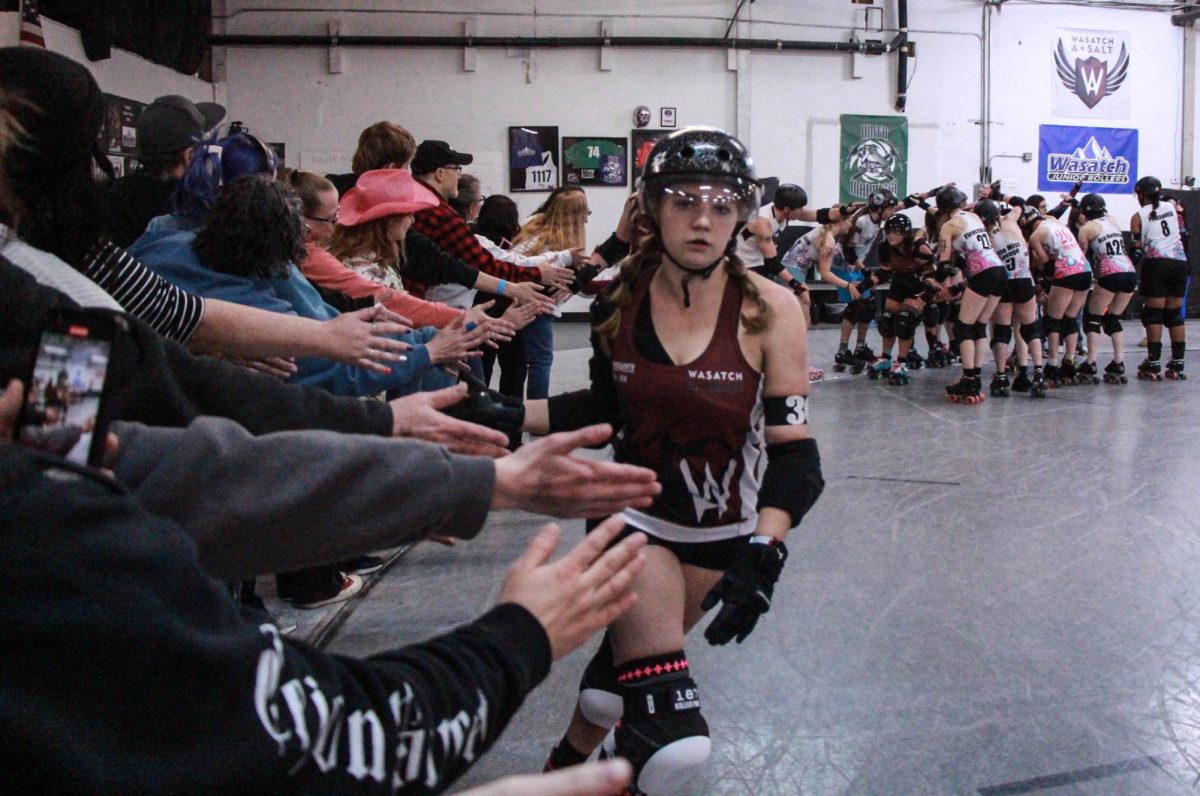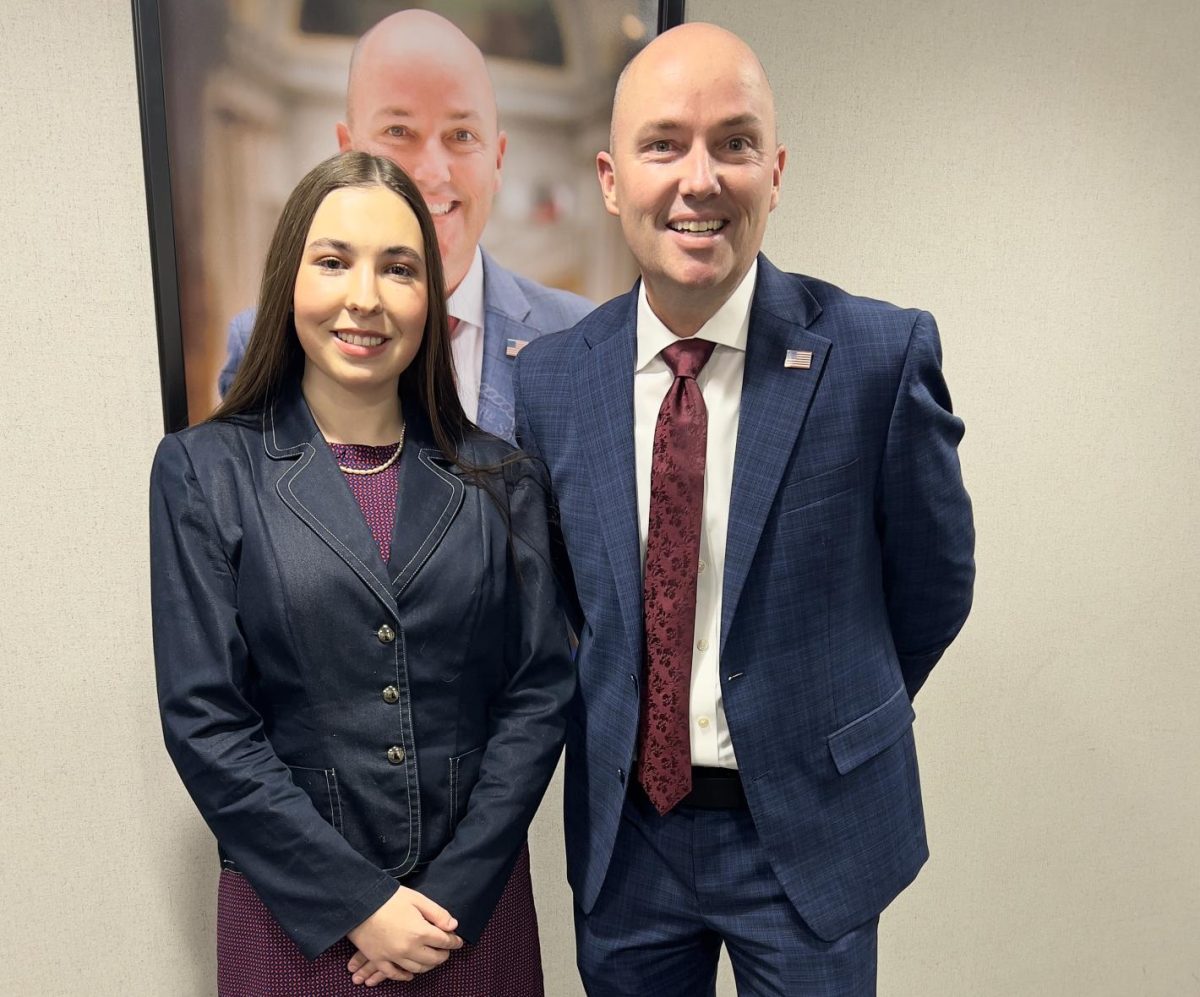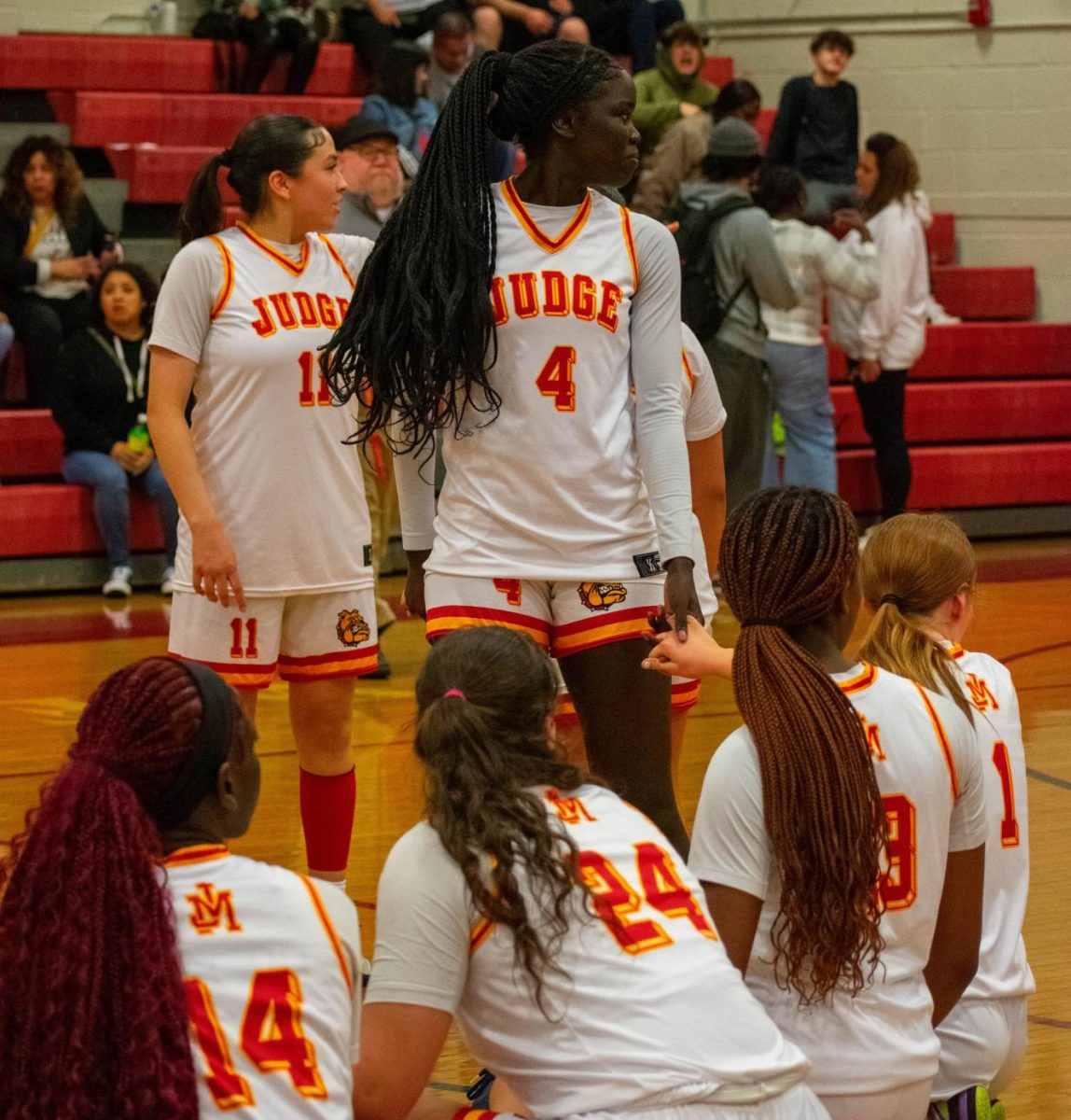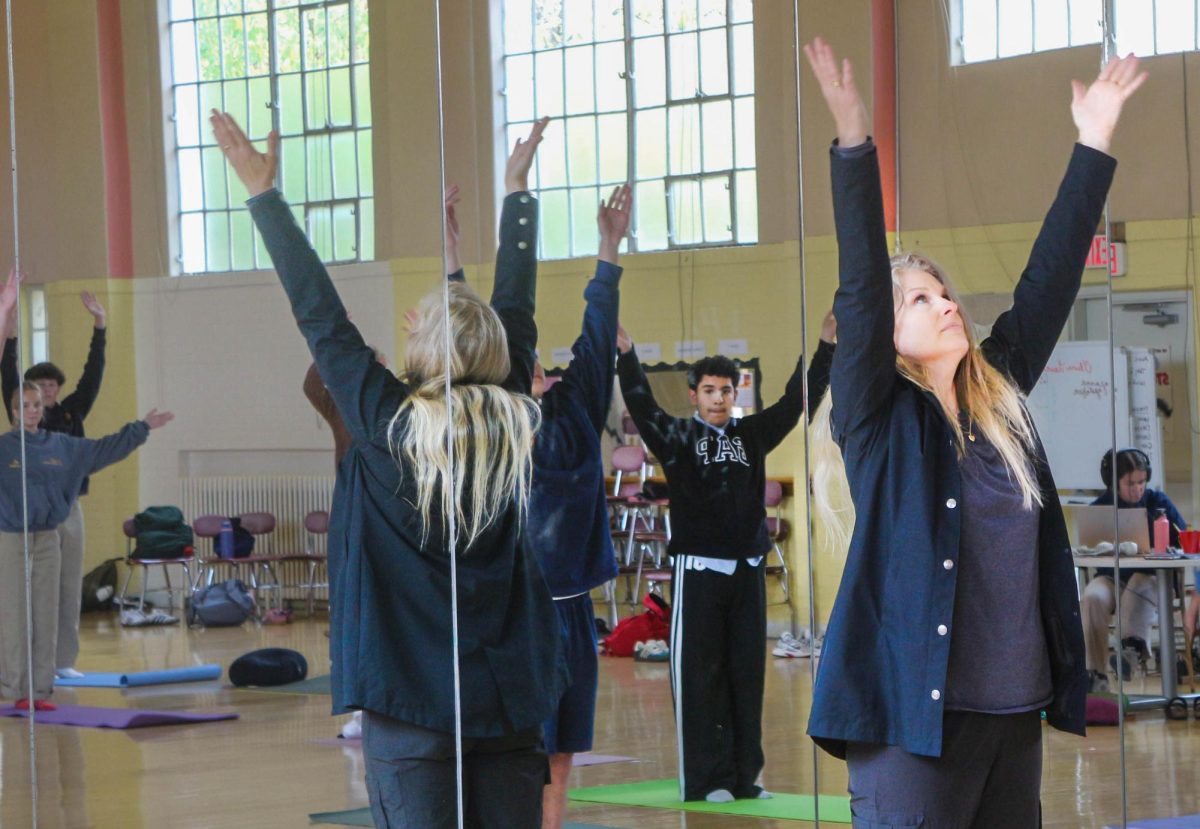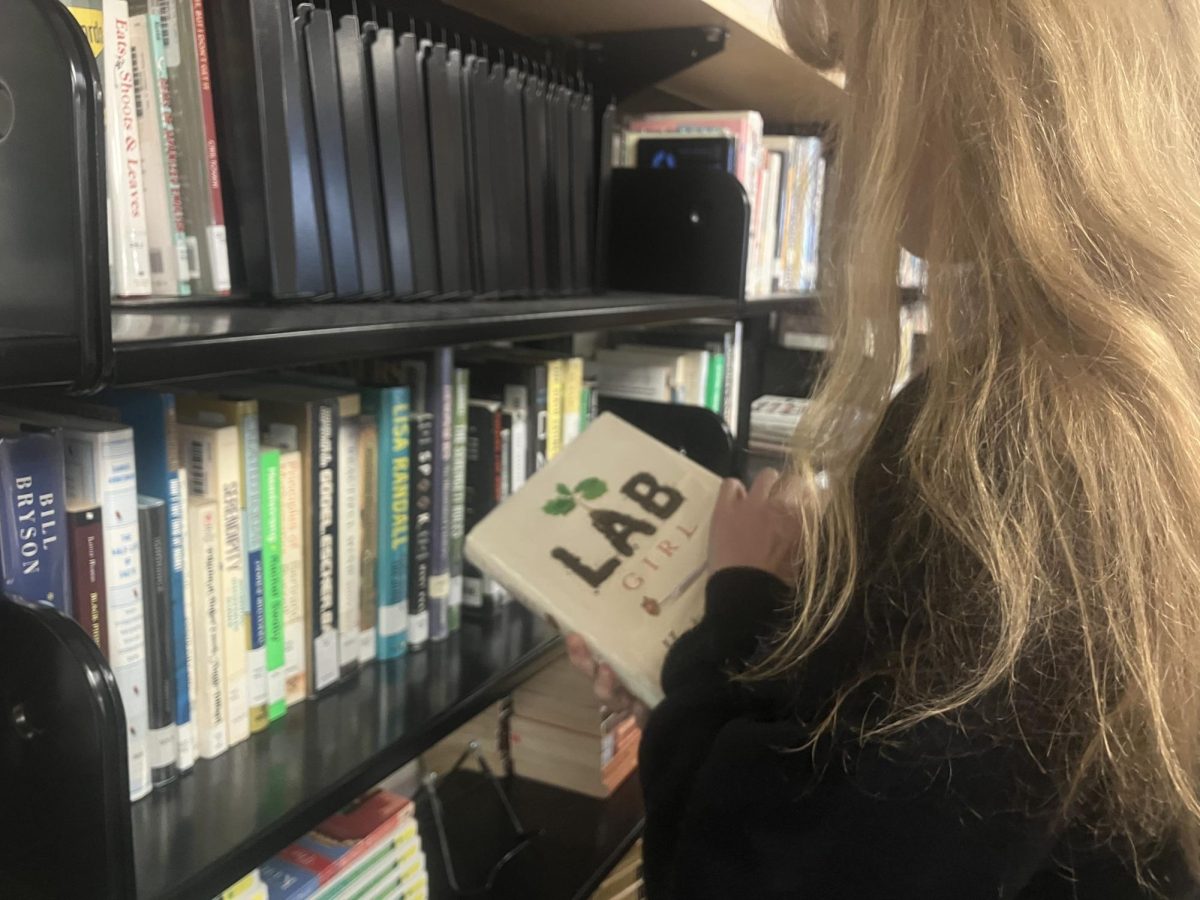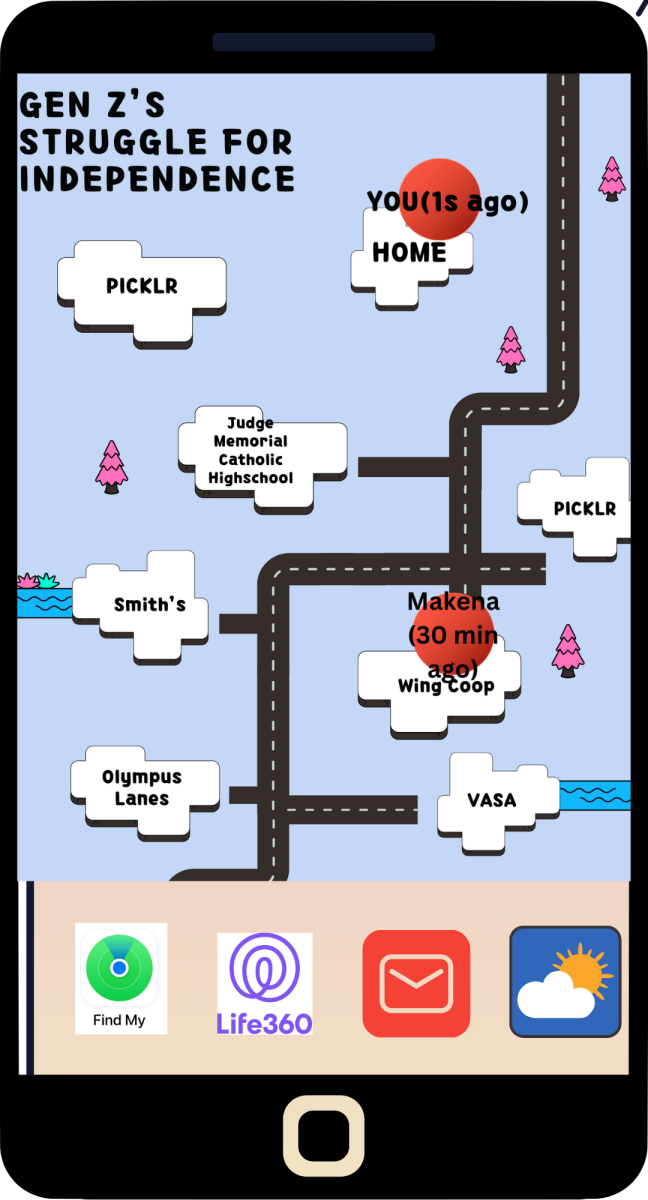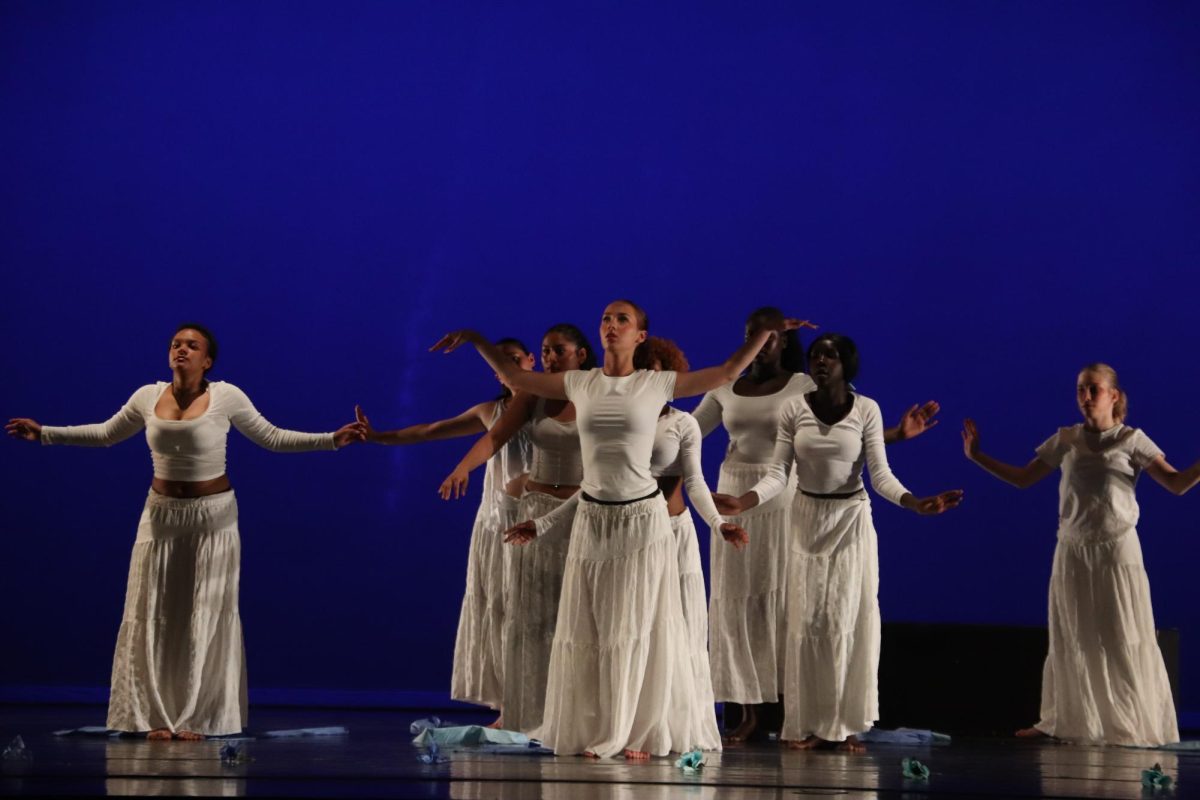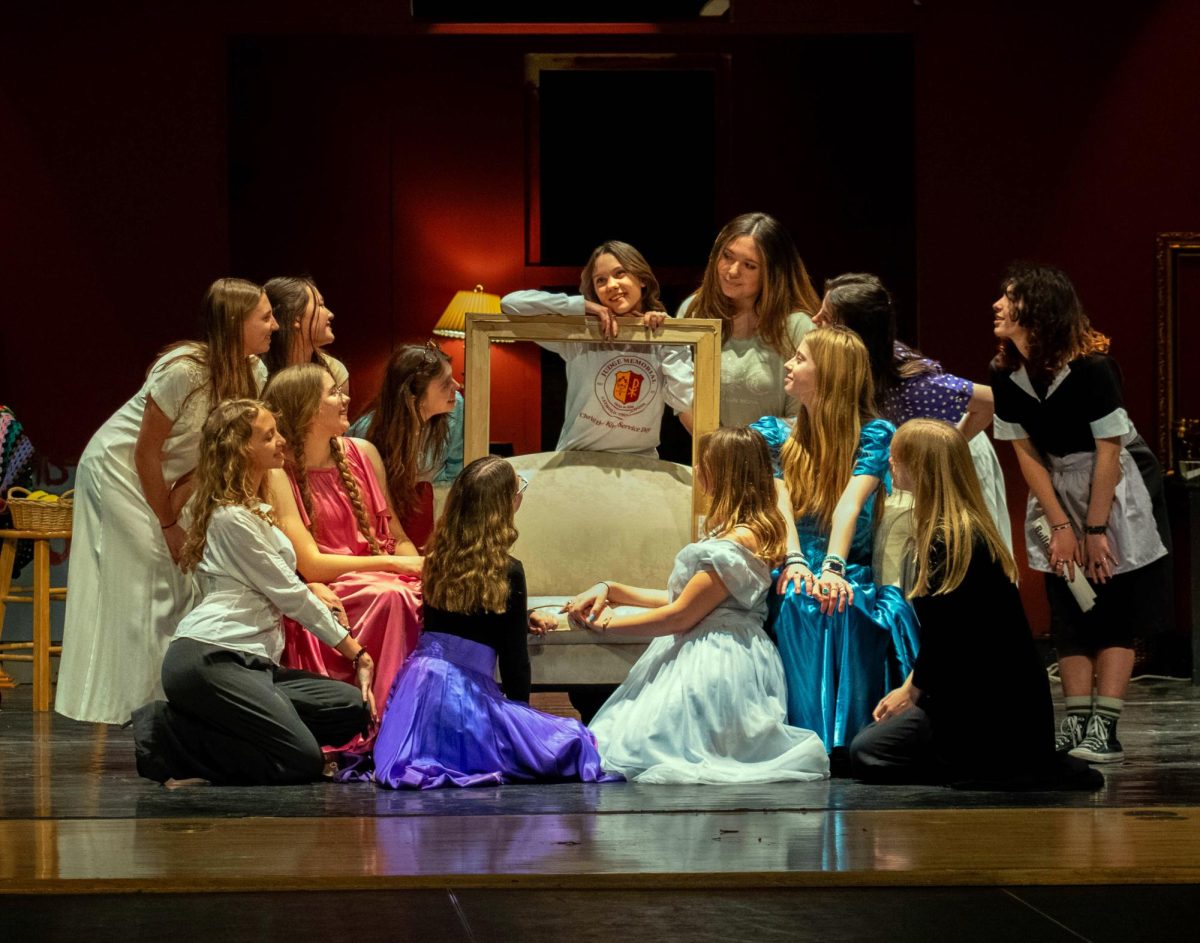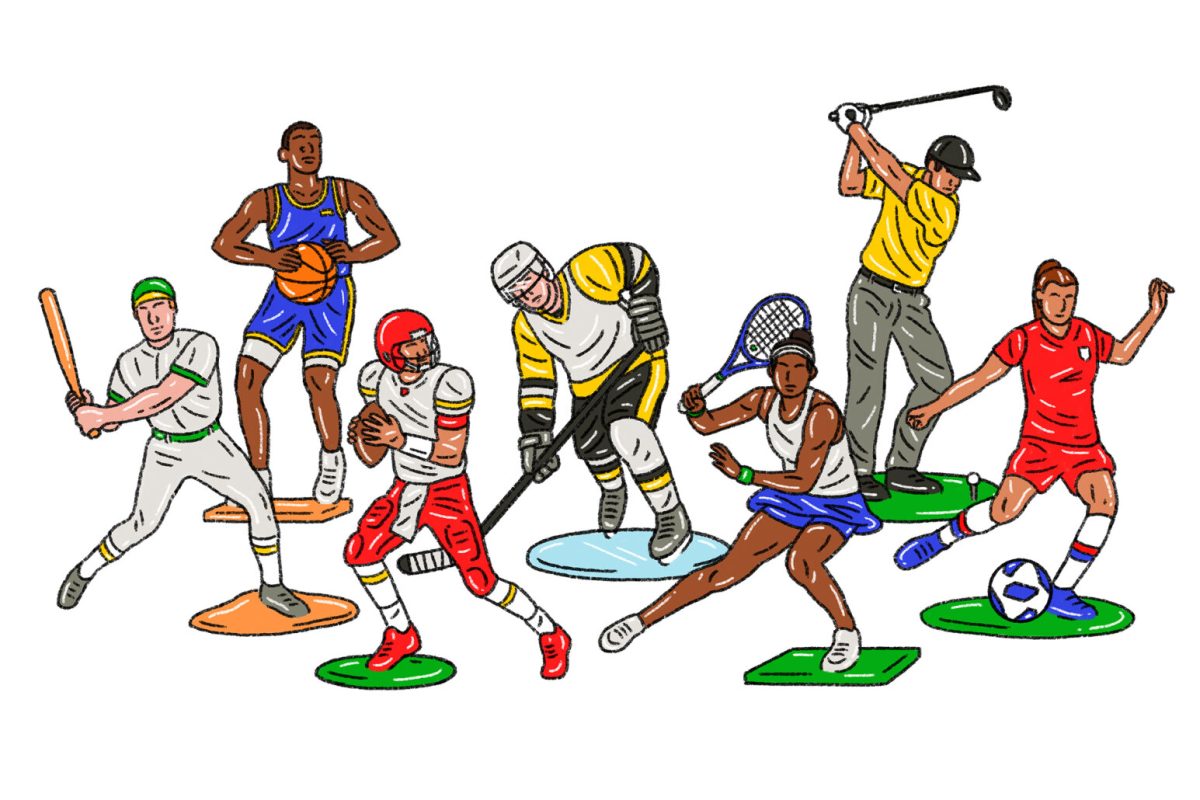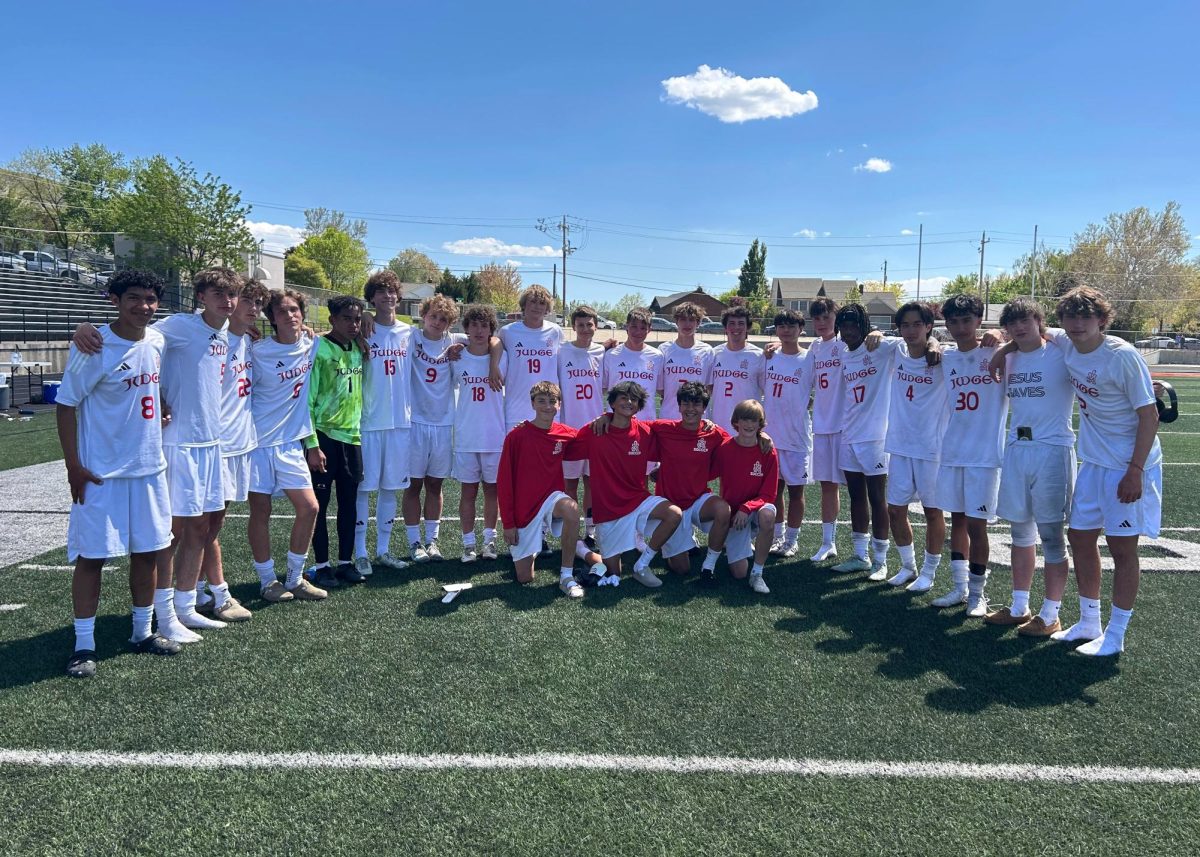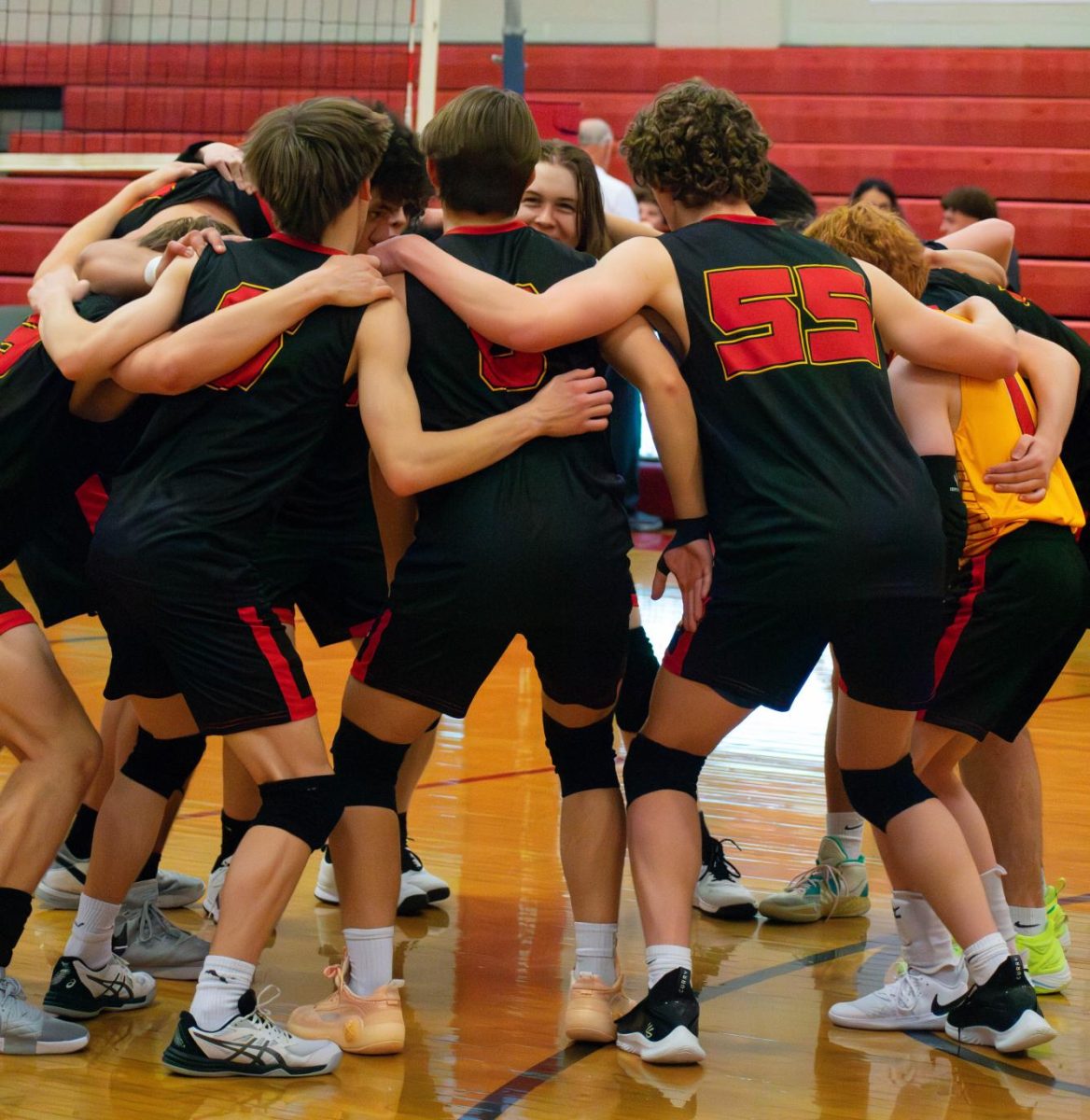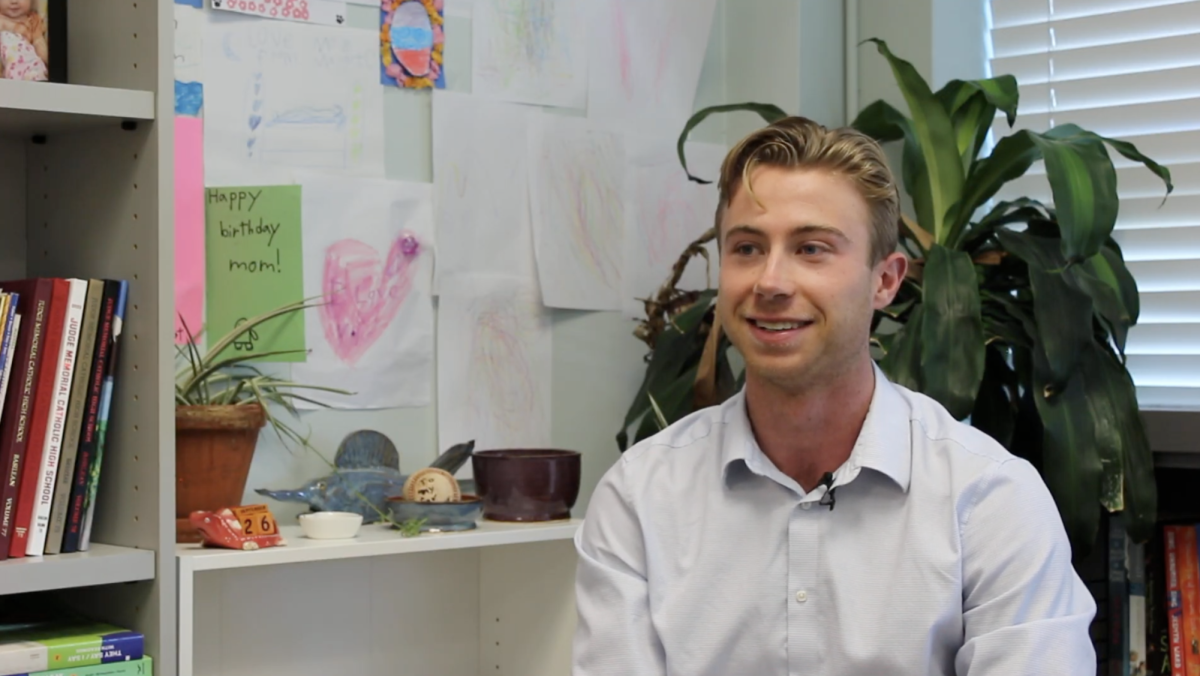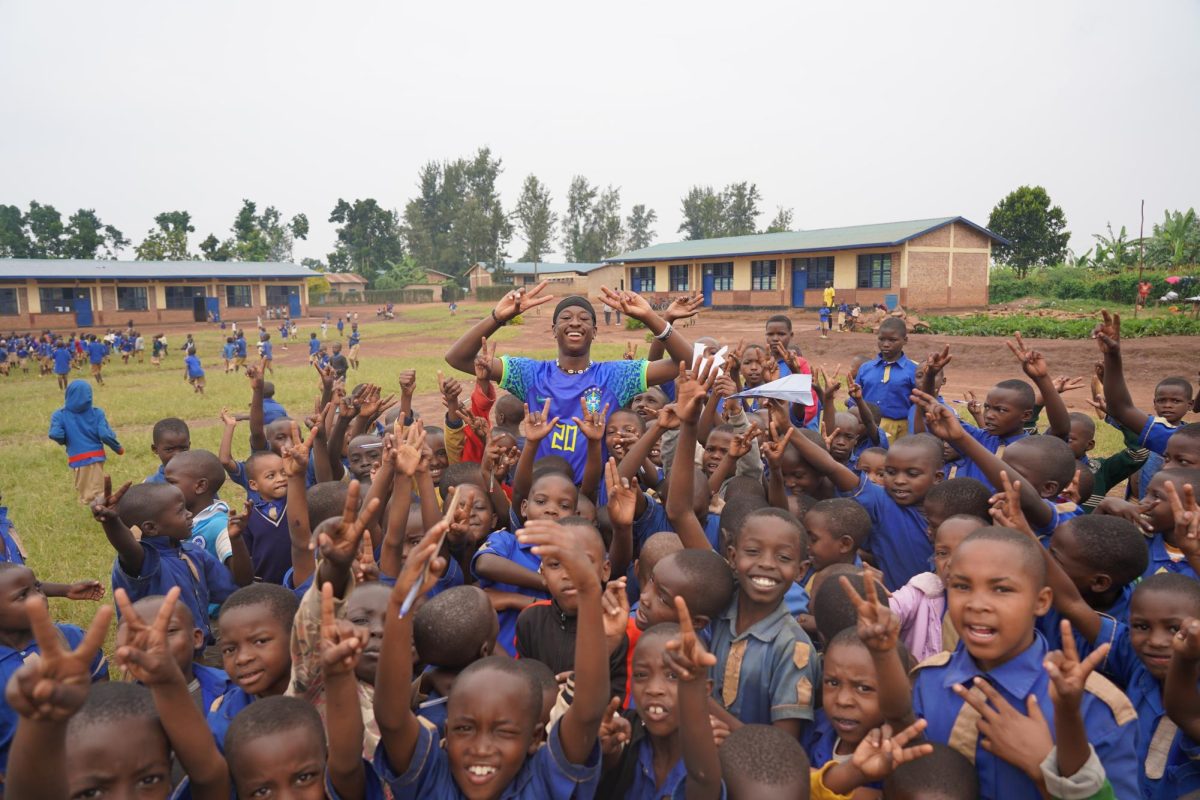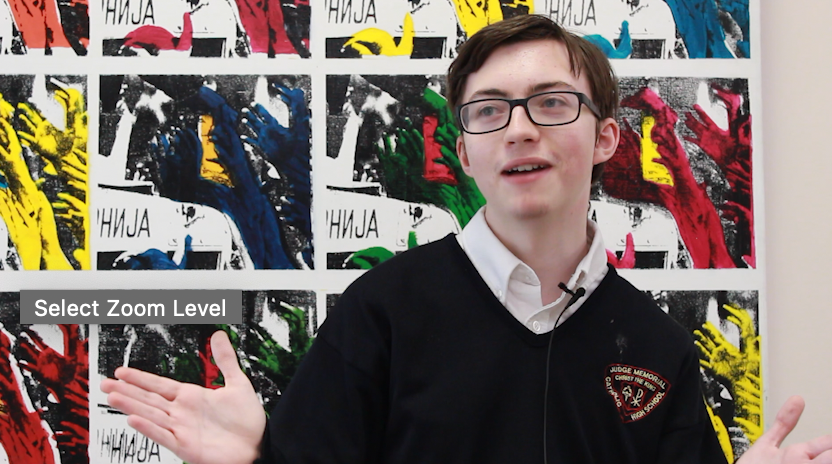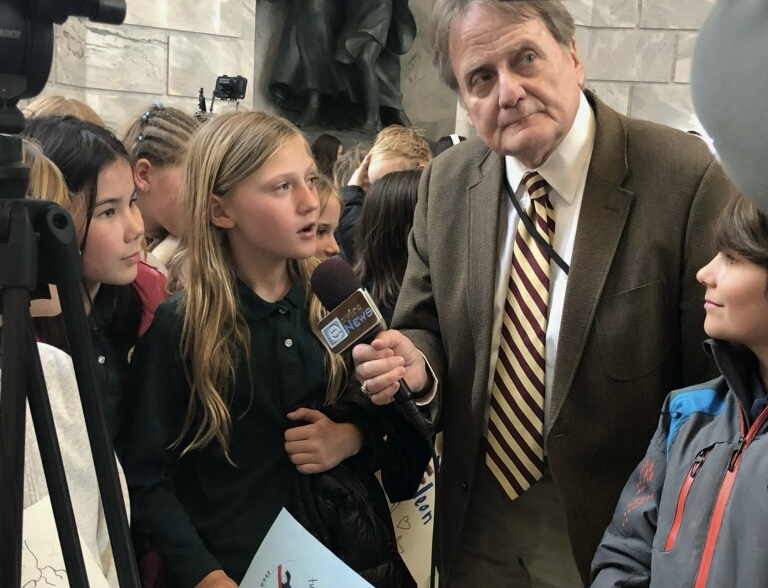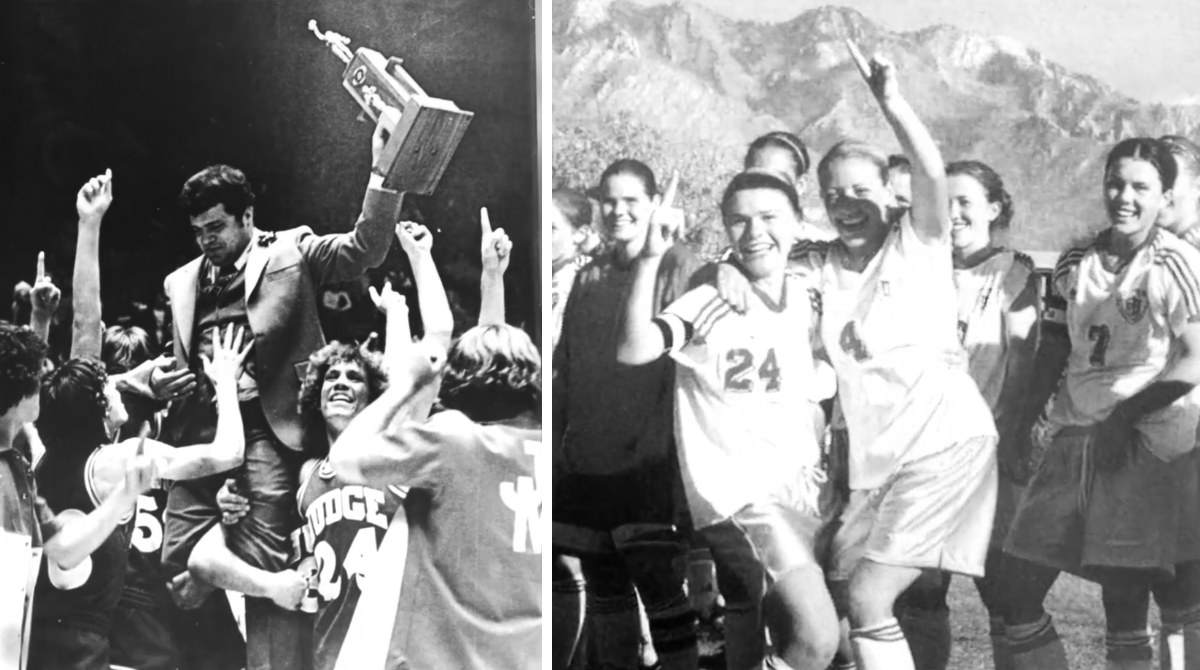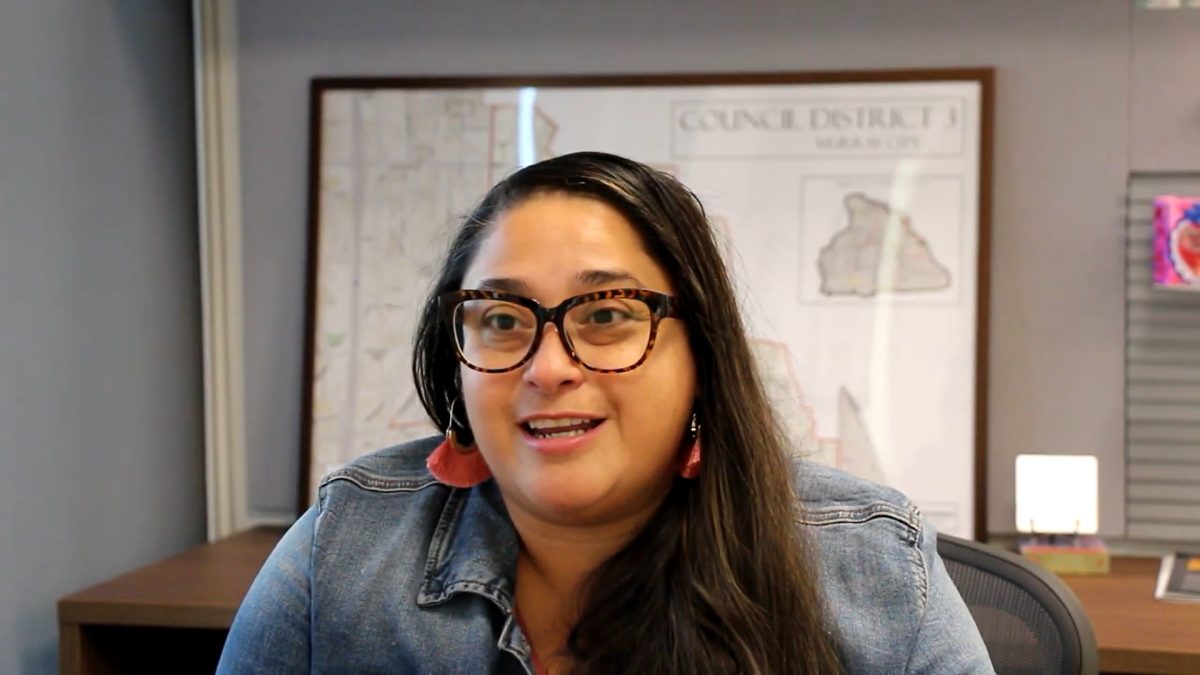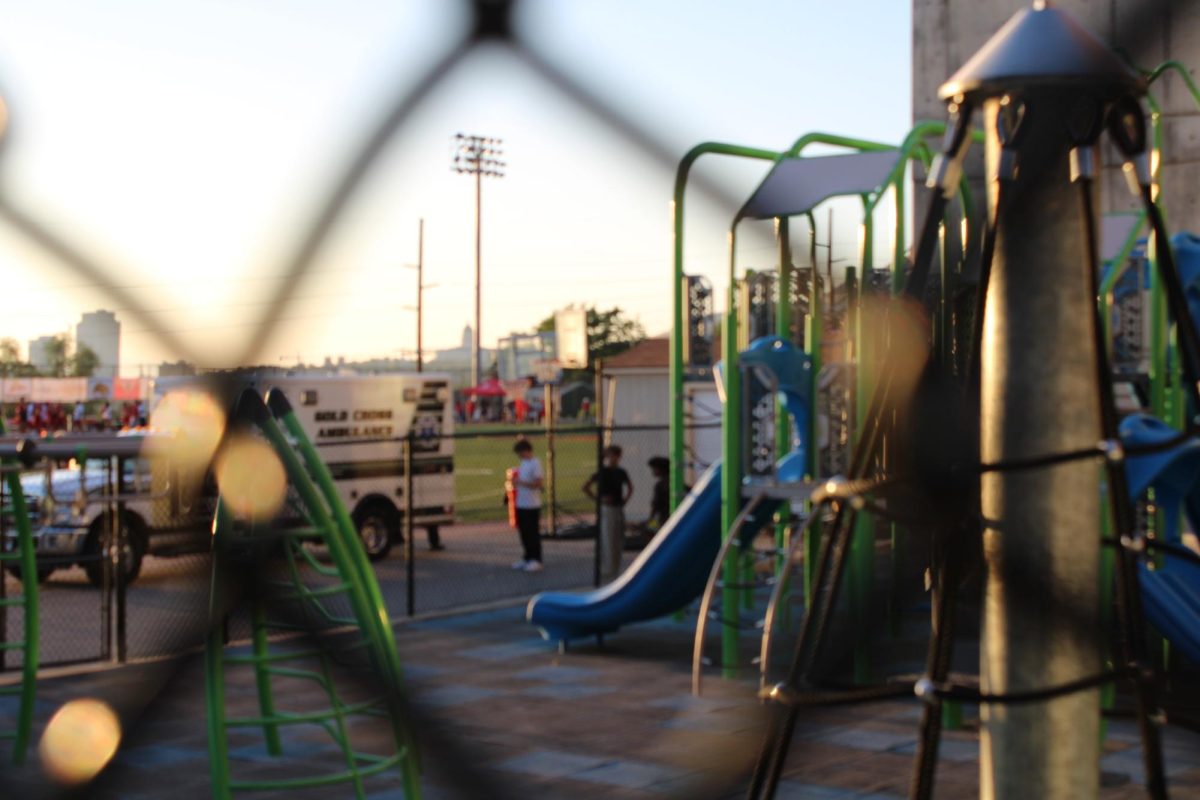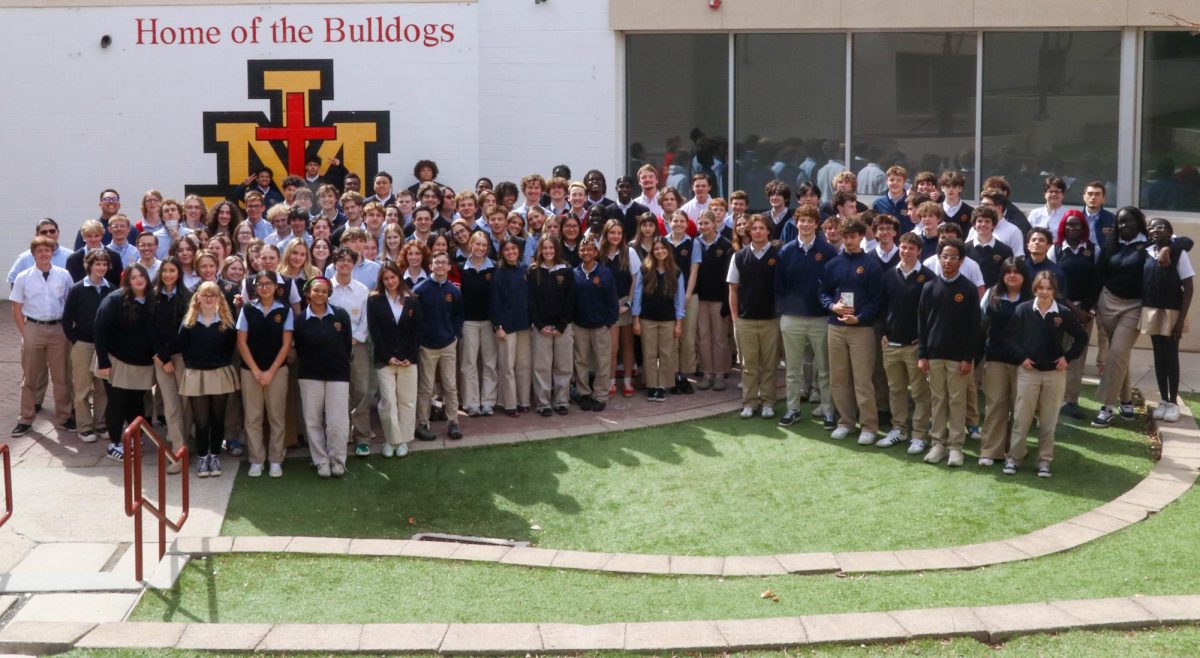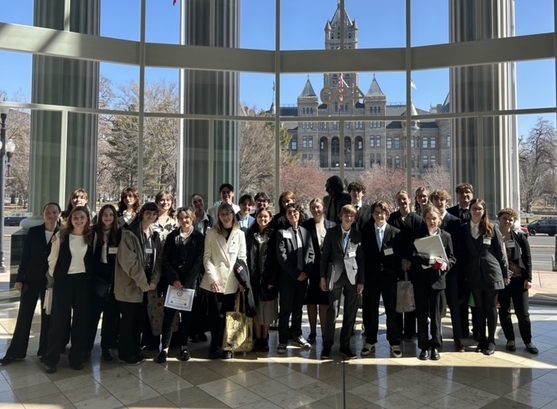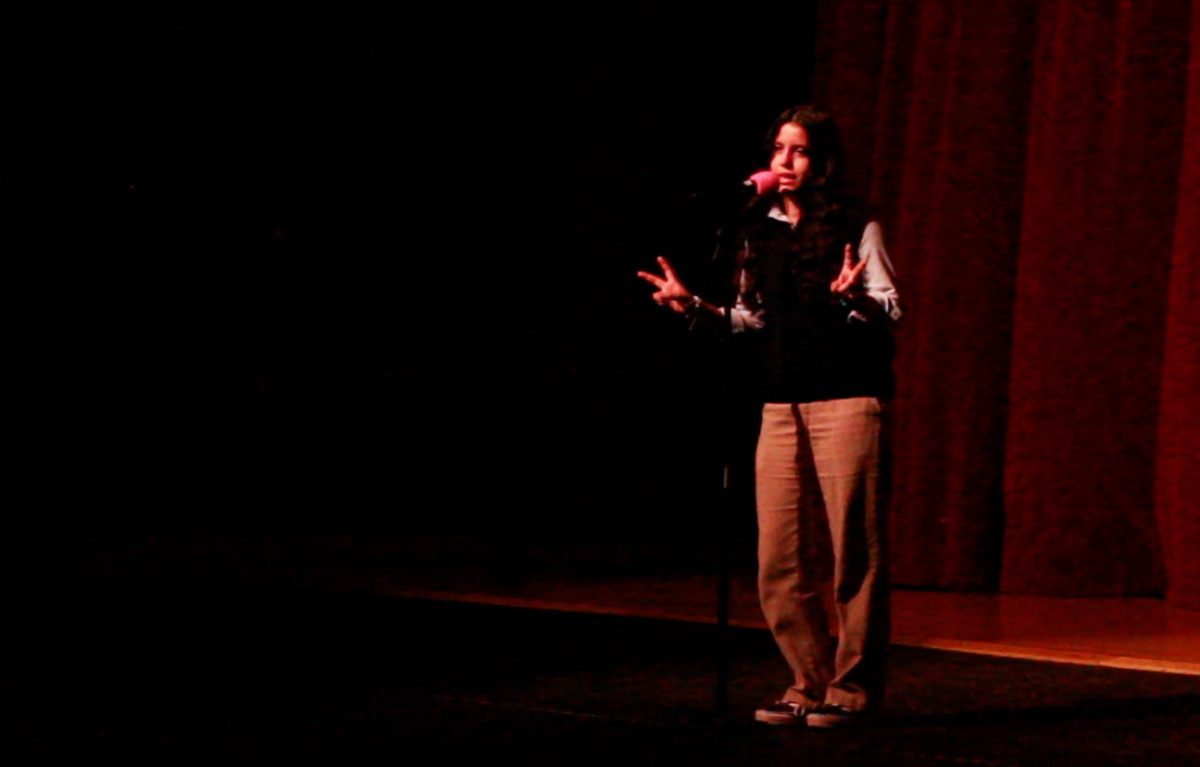Artificial intelligence is growing fast. ChatGPT shattered our world when it publicly released in 2022, and we are still not prepared for the changes AI is bringing to our society. The dangerously rapid growth of AI was seen when the American monopoly on the AI bubble popped after China released its own contender to ChatGPT in January.
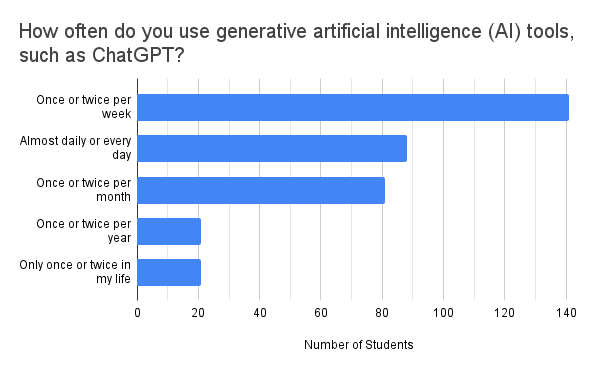
In a survey of 352 students at Judge Memorial, 75% of these students have reported that they use AI to help with school work, and over 65% reported that they use AI at least once a week.
Dr. Dasch, Judge’s science department chair, and English teacher Mr. Pacenza weighed in with their thoughts on AI.
Pacenza said that AI can be helpful in the classroom, but it’s hard to tell if students are being honest about their work.
“I think it’s a very complicated question with no easy answers. The use I’m 100% okay with is when students essentially dialog with it. If a student sort of talks to the robot about a project, they’re working on an idea, they have a research question, or when they’re looking for direction, or specificity. They’re looking essentially for an intelligent, well-versed, entity to bounce their ideas off, to help them sharpen their ideas. I think that’s all awesome.”
“We get into all the gray areas, essentially using it to create text and then also using it, to improve writing. And I think those are the two areas where there’s a lot of uncertainty.”
Pacenza, encouraged by AP recommendations, lets students use AI to help brainstorm research questions and ideas (but not verbatim) and help find sources to some extent.
Dr. Dasch wants to get students used to using AI for their future that – let’s face it – will have plenty to do with AI.
“Last year, Goldman Sachs wrote a report and estimated that two thirds of all of the tasks in current occupations could be automated with AI. I think that the workforce is going to change so much so fast that most of the jobs that my students are going to have when they graduate college don’t exist yet. And I think it’s important to train them how to think critically and how to learn with new tools so that they can be effective regardless of what the landscape looks like when they graduate college.”
“Another study by Amazon, projects that in their own hiring, people who are familiar with AI tools are not only going to be employable, they’re going to make more money, and they’re going to work less relative to their current workforce. And that sounds great to me. Working less and making more. But if you don’t have those AI skills, you’re probably not going to be employable at all. So that’s kind of a double-edged sword. To some extent, what we’ve learned using it in biology class is that the better questions you ask, the better answers you get.”
Dasch allows students to use AI for some parts of writing assignments, encouraging students to use their knowledge of what they’ve studied to see what’s wrong or missing and transform a half-baked response into an A-grade, informed paragraph.
Both were asked about if they think someone who takes the same courses as them 20 years from now but utilizes AI would be less, more, or as valuable of a worker, learner, and a member of society.
“So there’s kind of two parts to that,” said Dasch. “In my freshman year in college my dorms at Oregon State were the first dorms in the Pac-12 with a T1 line. A T1 line is about a 10th of the speed that you get on your phone right now. And because of that, it was estimated that my workload for my freshman year in college was about 50% bigger than it was for a freshman ten years before. The workload that our current high school seniors are doing is substantially higher than it was 20 years ago. So you are doing more work. Does doing more work translate to more learning? That’s an interesting question. I’m not sure. There’s a range of opinions about that in our building.”
“And you all have different teachers for different reasons,” he continued. “and some of you are doing more work and using AI to support that, and some of you are doing less work. You’re doing it slower and you’re doing it kind of analog. The critical thing is the critical thinking skills. But you also have to be able to analyze if what that tool gives you is reasonable. And that’s the part where the real AI skills are. It’s managing the chatbot, but also having either the knowledge or the ability to verify the information, to make sure that what the chatbot gives you is reasonable.”
“Well, it really depends how they use it, right?” Pacenza said. “To kind of refine and sharpen ideas, using it to dialog, using it to, sort of figure out angles, insights, approaches and then going off and executing that work? I think that student is more prepared. But if you use it to read for you on some level, take notes for you, to compose text? Yeah, I think that students are worse off. So it really just comes down to what you use it for, how you use it.”
So, should Judge restrict AI? It doesn’t seem like a straightforward yes or no.
“I think that the teachers have to be very explicit about expectations, and we have to be able to trust the students to follow those expectations,” Dasch said. “There are really good reasons to use chatbots as tools. They’re also really good reasons not to use chatbots as tools. And I think that it’s up to the teachers to make those expectations very explicit. And then it’s up to students to follow them. Are we going to be able to catch every use of chatbot? No. We’ve learned that the better a kid is using chatbot, the harder it is to detect. Is that an important skill? Yes. But are they maybe missing out on other learning objectives? Potentially. So I think it’s really important to have a wide range of assignments and assignment types. To both teach the analog way and to use the new tools.”
Pacenza wasn’t so sure whether Judge should restrict the use of AI.
“I don’t feel qualified to answer that question,” he said. “I feel like it’s a question that the people at the very top of education systems should be having emergency meetings about. I don’t know, I’m just a dude in a classroom. In my ideal world, I think we would keep technology out of the classroom as much as possible. But the problem is that it’s kids aren’t good at that stuff. And so every answer poses its own problems. That’s why I don’t have answers. That’s why I’m not someone who’s going to say, ‘here’s exactly what we should do.'”
“I don’t love technology,” Pacenza said. “And I think where we are right now is not good. Any teacher or adult who thinks that’s not true has their head buried in the sand. I have my own teenagers – I know how they operate. And, you know, kids are constantly copying homework from each other, sharing images of homework via phones and chats and the like. That’s just the truth of where we are today. Do we just accept that and move on to we completely change education?”
“Do we try to like pass rules and laws and policies to get our way out of that? I have no idea.”
The future is uncertain for how we are going to be using AI and technology.
Dasch said, “I do think there’s going to be a large portion of our workforce that’s going to be generating text that is going to be relying on prompt engineering, to replace some of the higher paid and kind of more sacred jobs that we have in our society right now – including potentially teachers and including potentially lawyers.”
That’s a scary thought. There are already attempts to have AI in place of teachers, which are very controversial and have seen lots of dissent.
“The one thing we always want to keep in mind is that whatever version of AI you’re using today is the worst version you will ever use,” Pacenza said. “It’ll be better tomorrow, it’ll be better next week, it’ll be better next month. I suspect those leaps will be fairly dramatic. The big leaps are coming in video and audio and things like creating a presentation from scratch.”
“I”ll be blunt for a moment. There is a certain kind of teacher that’s like, ‘well, AI makes mistakes.’ And I think they’re missing the point here. AI will be better and better every single day.”
The presence of AI at Judge is a very tricky subject. But it looks like we’ll have to get used to it, because it’s not going anywhere.

